The battle of Gettysburg was the turning point of the American Civil War. In 1863 Confederate Army Gen. Robert E. Lee decided to invade the North after a victory at Chancellorsville, to move the war out of Virginia into Pennsylvania and have his men take supplies from the bountiful farms of the North for a change. Lee sought to force the Lincoln administration into peace talks on his terms. Union Cavalry was in near the town of Gettysburg led by General George Meade.
Initially, Lee ordered his army to not engage with Unions until all the army was together, but circumstances abandoned such strategies, and the battle was started on July 1, 1863. Both sides had incomplete forces; however, Confederate forces outnumbered the Union troops on the first day. They were still reforming, and the confederate army led by Lee fought well and brought Union forces in a defensive position. As more and more troops from Union reinforcements began to arrive, the Union soldiers on the second day outnumbered the Confederates, and they established a strong position from Culp’s Hill to Cemetery Ridge. Union numbers had swelled to 94,000 against 72,000 of Confederate army. Lee rejected the advice of his second-in-command, James Longstreet and launched a furious attack against the Unions where they stood. The attack was delayed because Longstreet did not get his men into position until 4 P.M. Both sides suffered heavy losses but Union forces withstood. On the third and final day Lee made another bold move and sent an army of 12,500 men under the command of General Pickett to attack the Union defensive lines. The attack was failed, and Union army pushed back the confederates and gained a strong position. Pickett’s men were caught from all sides and lost two-thirds of its men. After the failed assault Lee and his army retreated back to the defensive line. Lee waited for a Union counterattack, but the Union General Meade decided against pursuing Lee’s army. This convinced Lee of the futility of effort and Lee withdrew his decimated army toward Virginia. The Union eventually won the Battle of Gettysburg. President Lincoln was disappointed by Meade’s decision and criticized for not pursuing the confederates after Gettysburg.
There were between 46,000 and 51,000 casualties. Union casualties numbered over 23,000, including 3,200 killed, 14,500 wounded, and 54,00 captured or missing. While the confederates suffered over 28,000 losses, including 4,700 killed, 12,700 wounded, and 5,900 captured or missing.
Here below are some horrible photos that document the bloodiest battle of the Civil War.




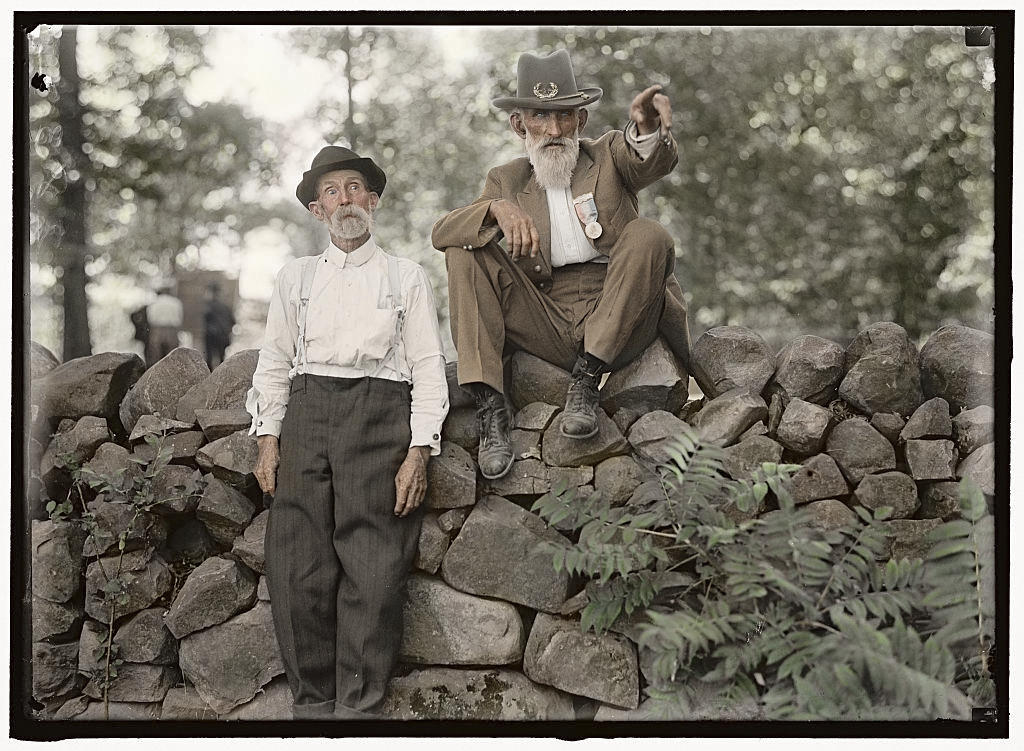
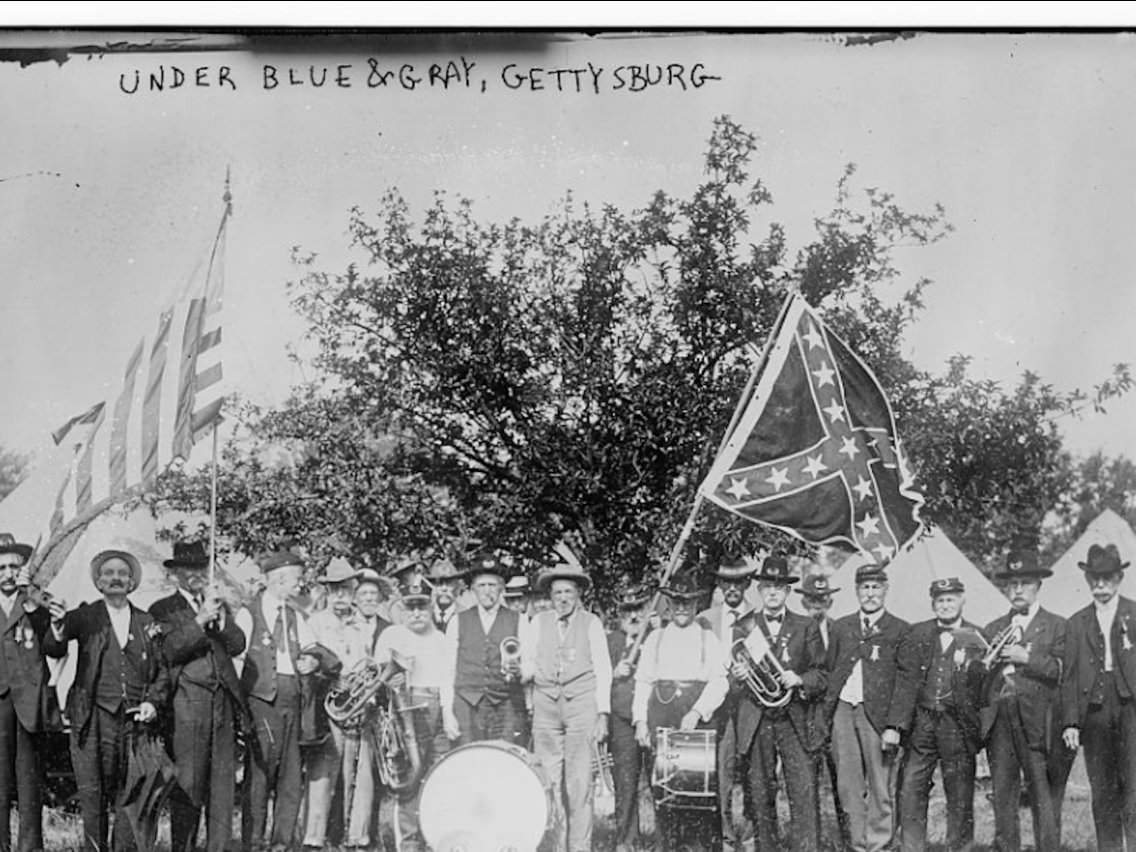
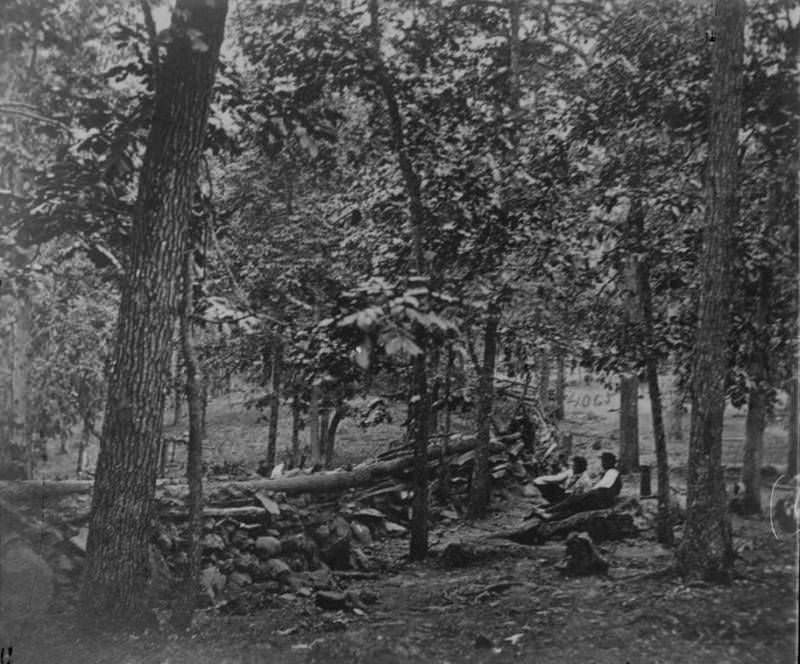
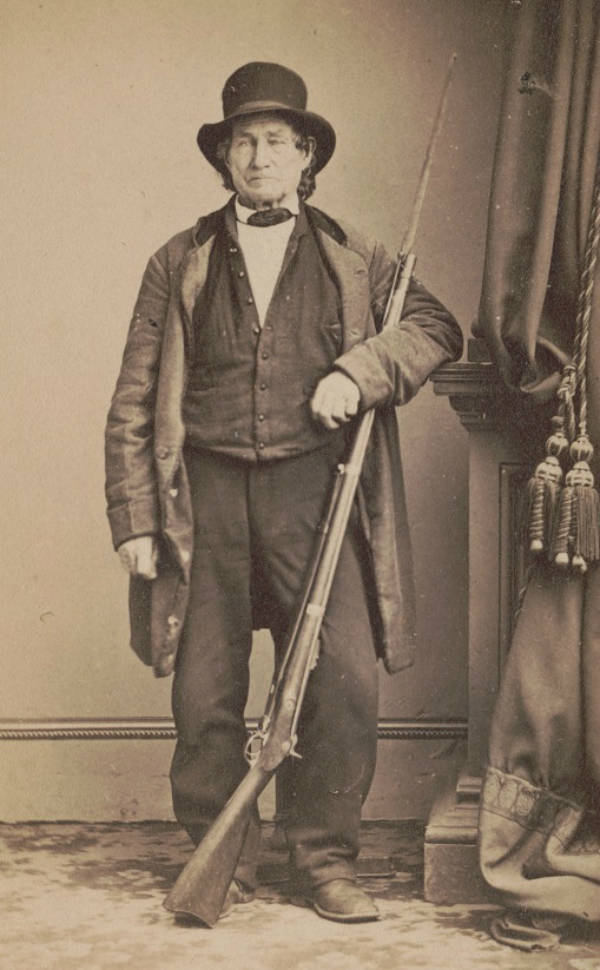
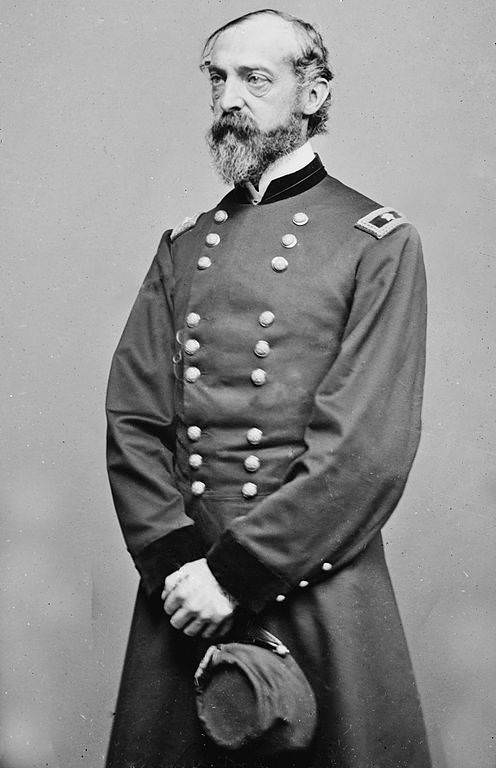
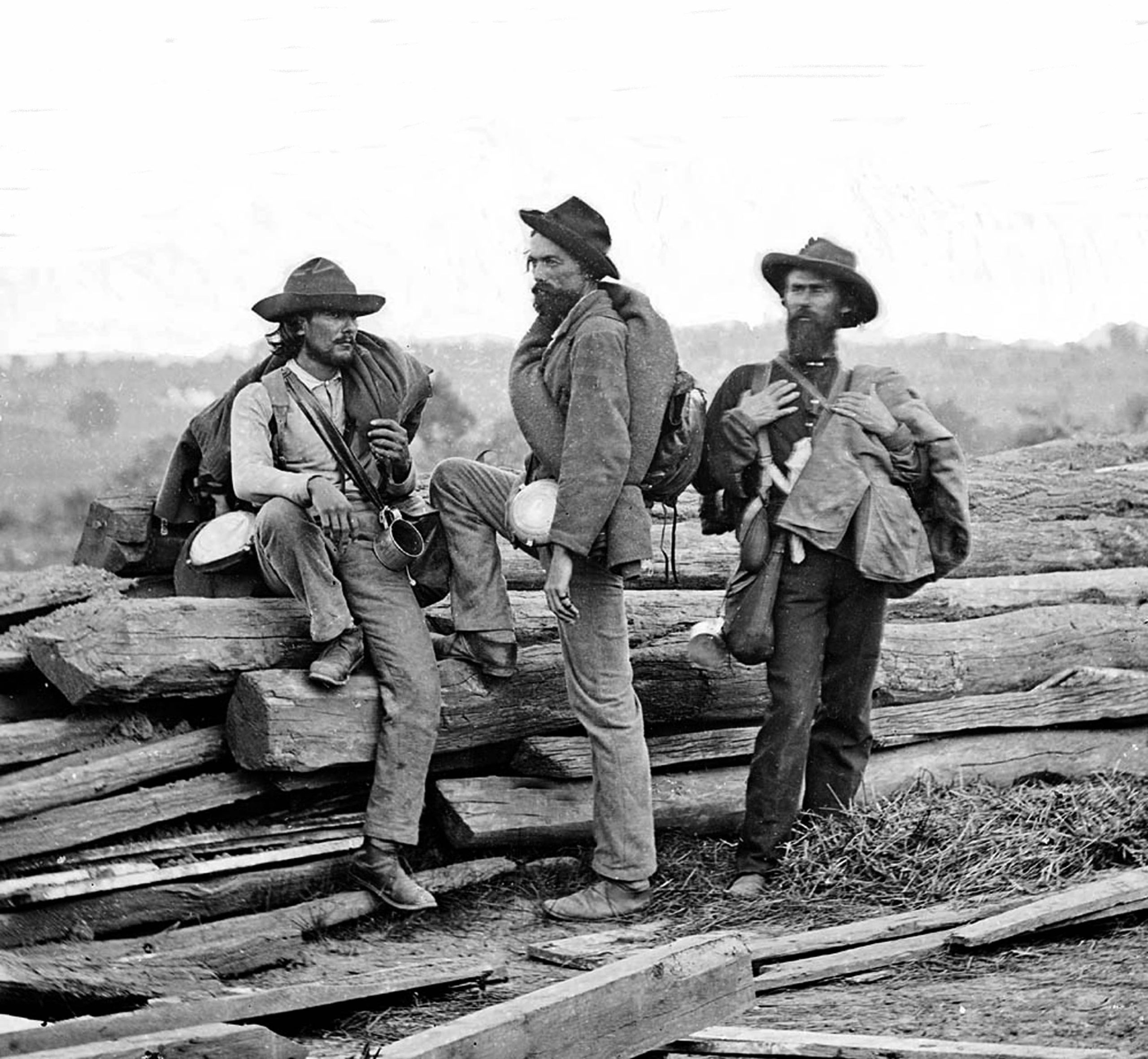
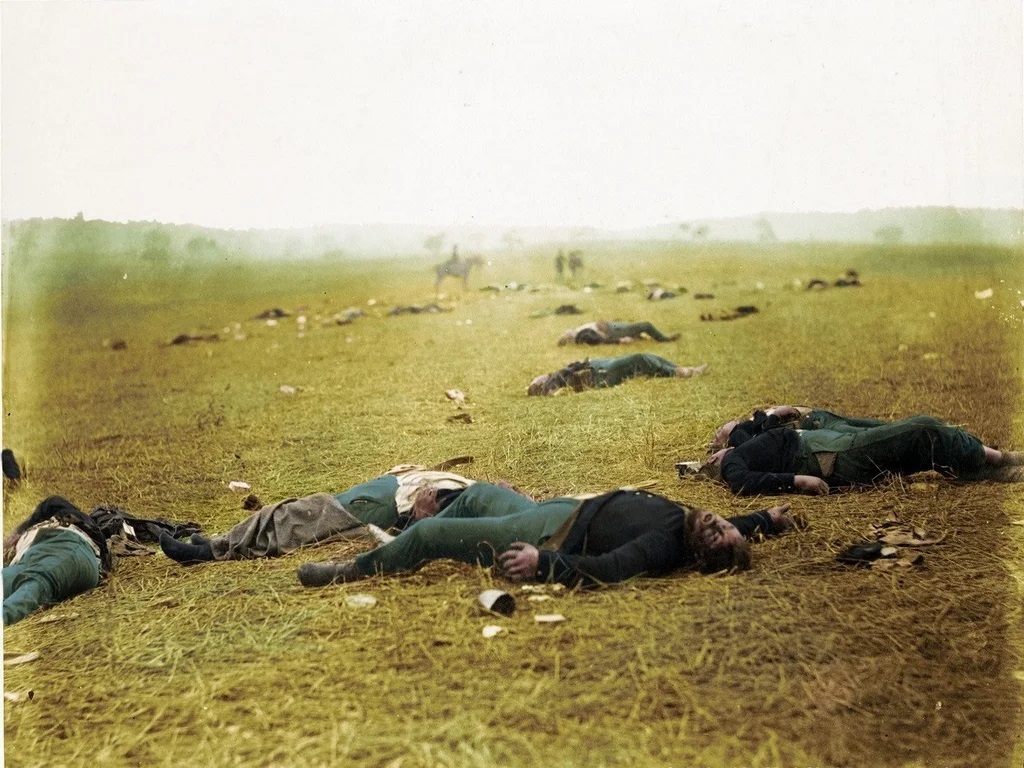
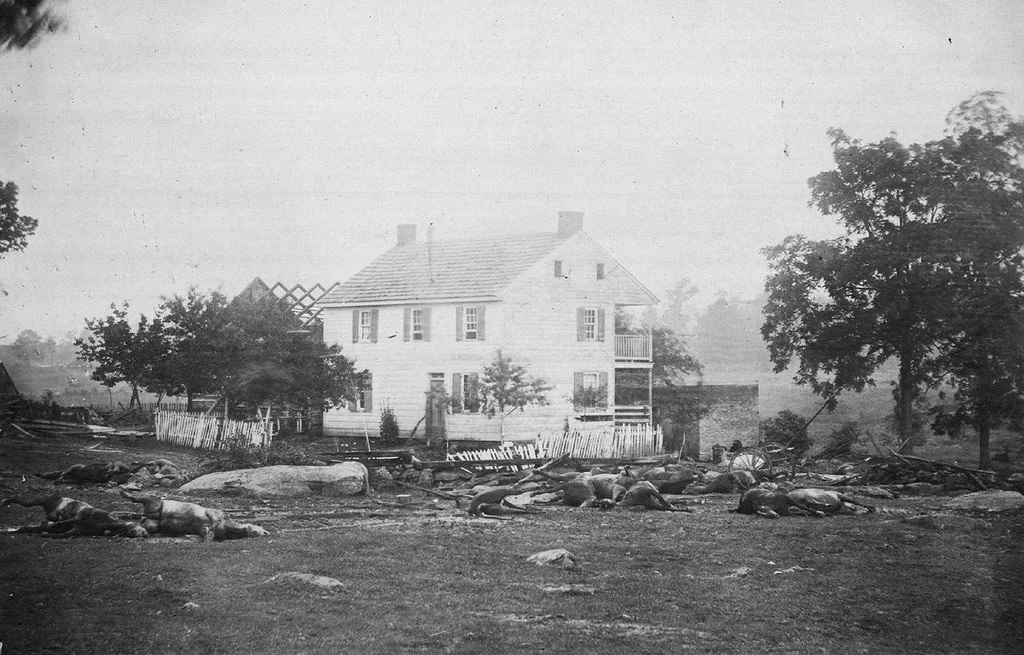
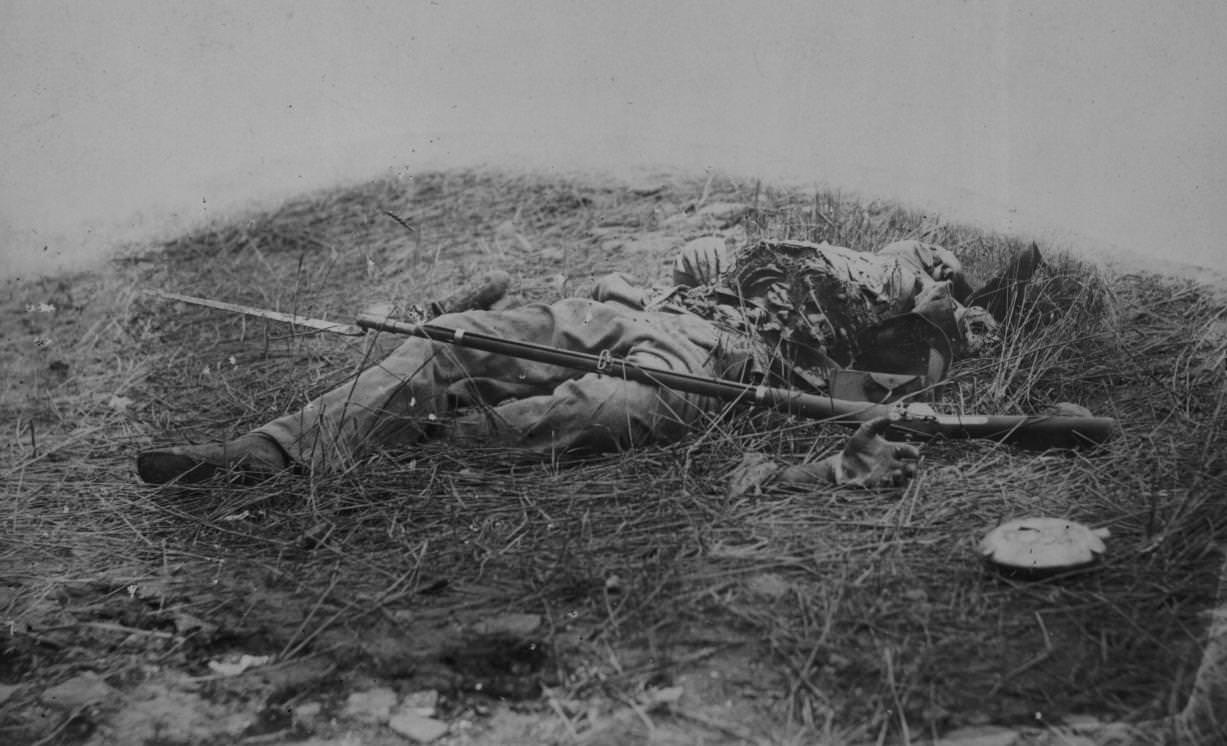
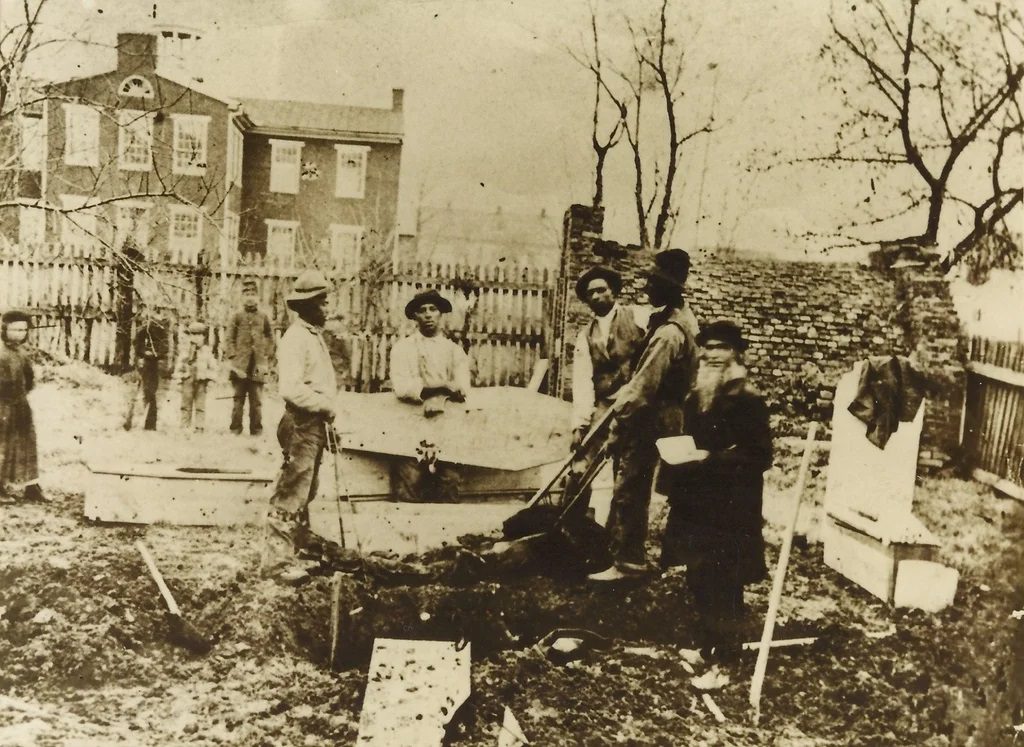
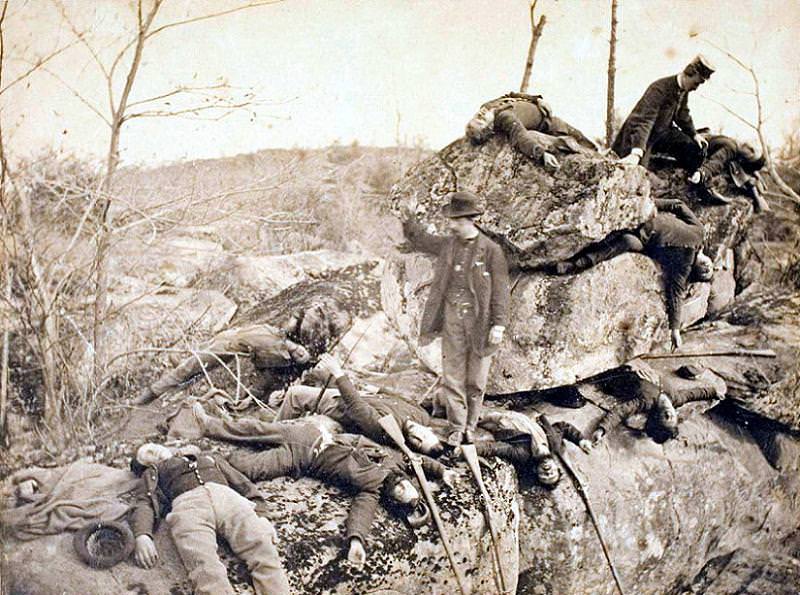
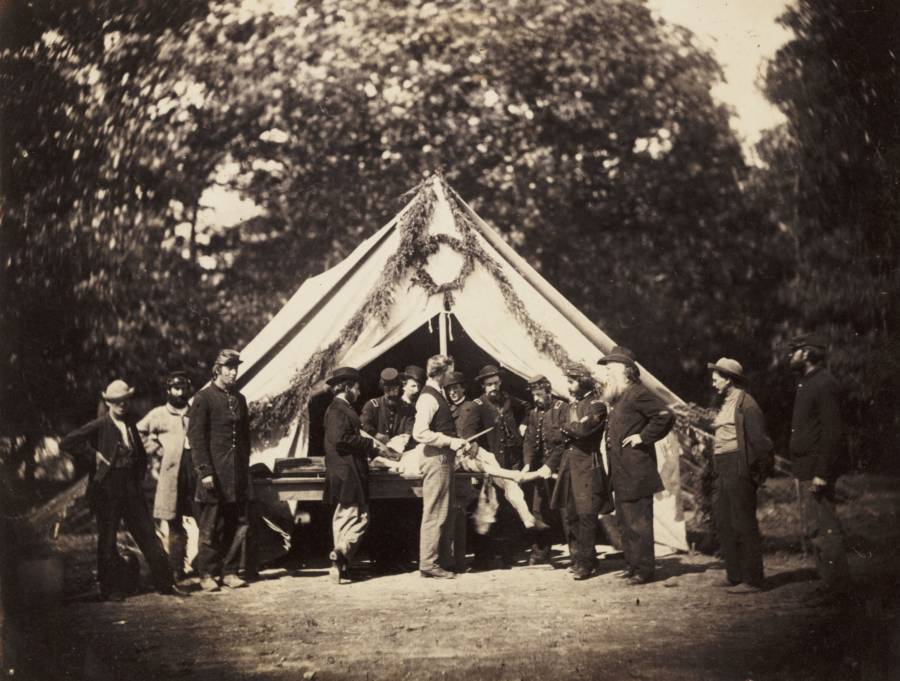
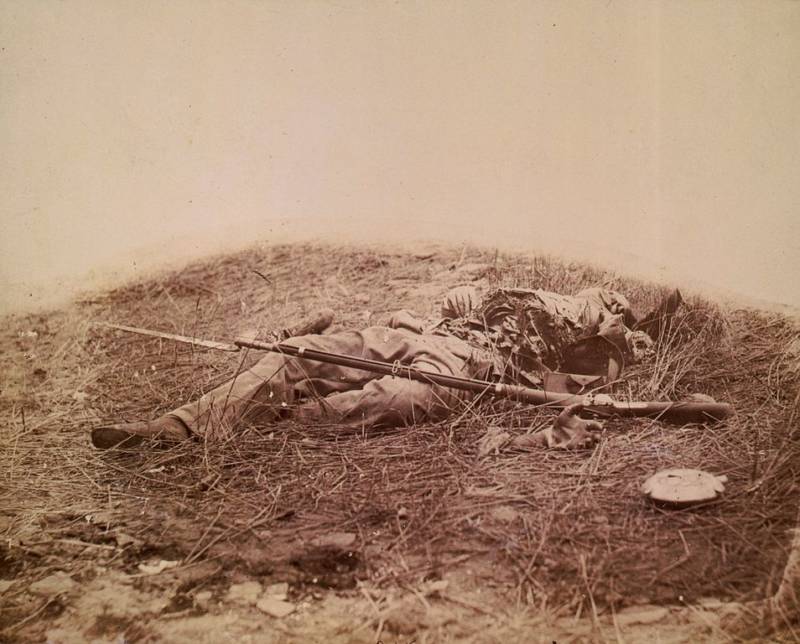
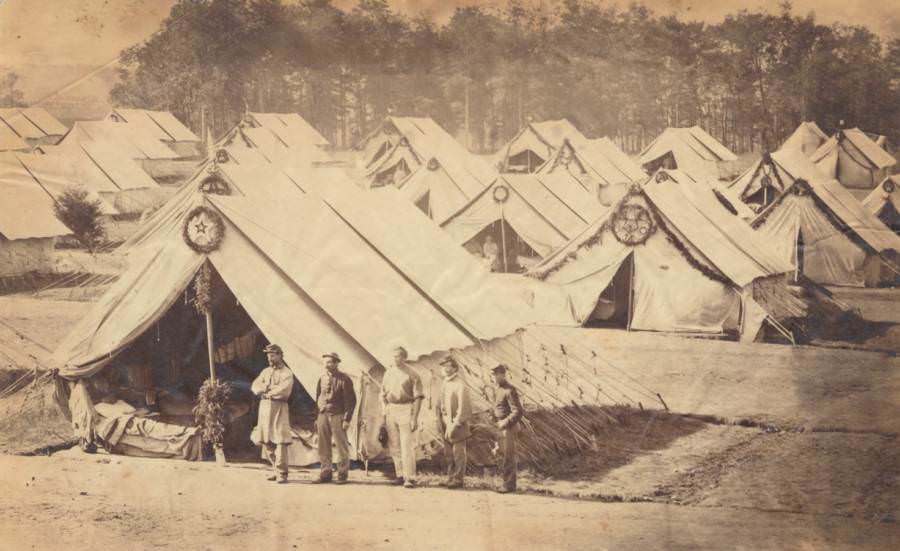
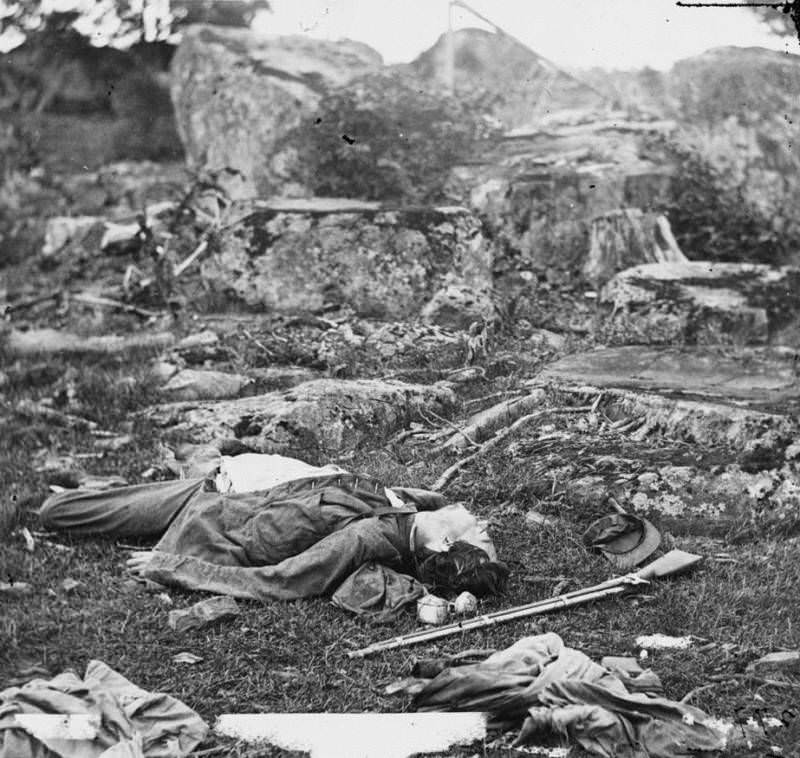
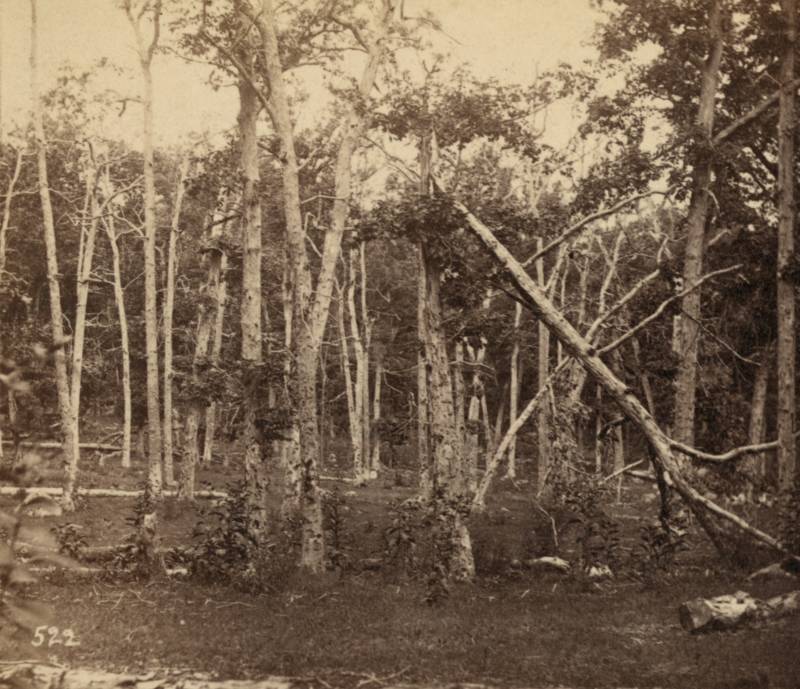
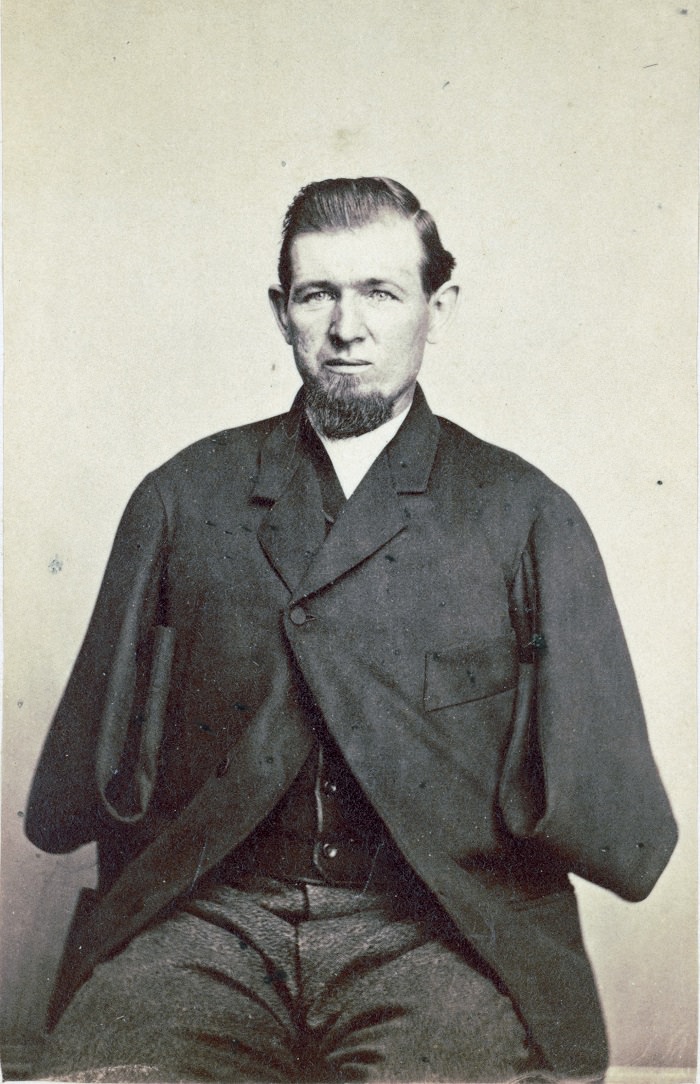
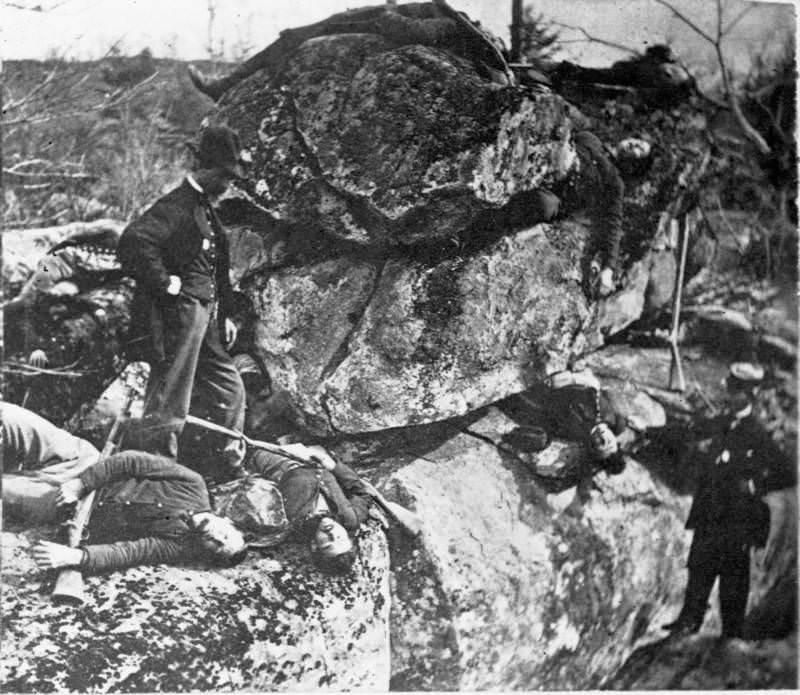
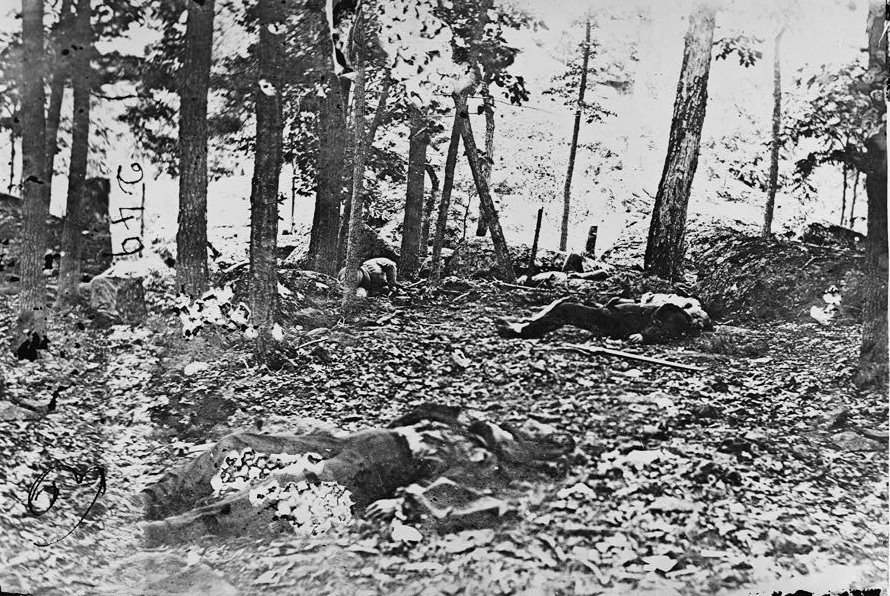
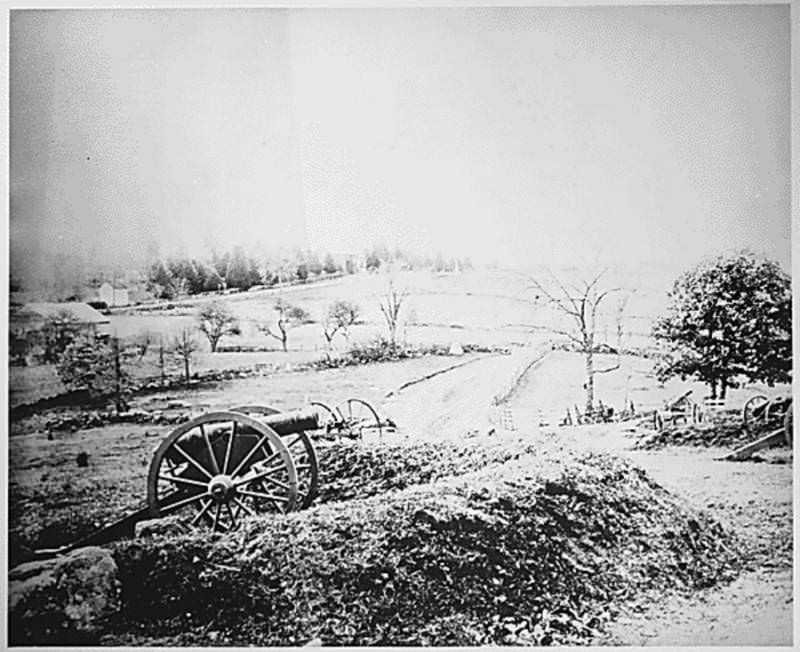
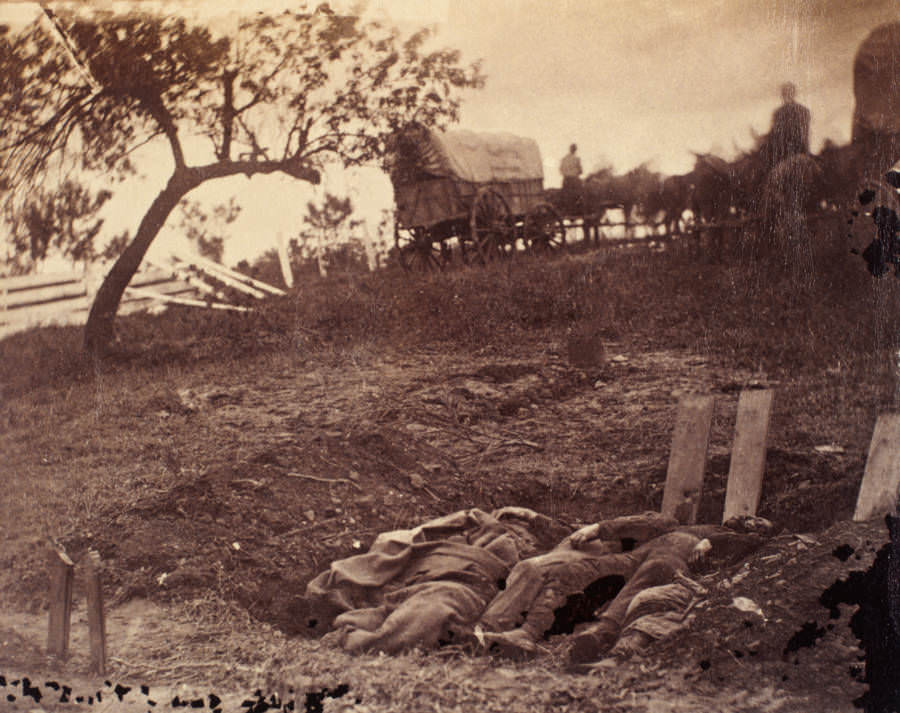
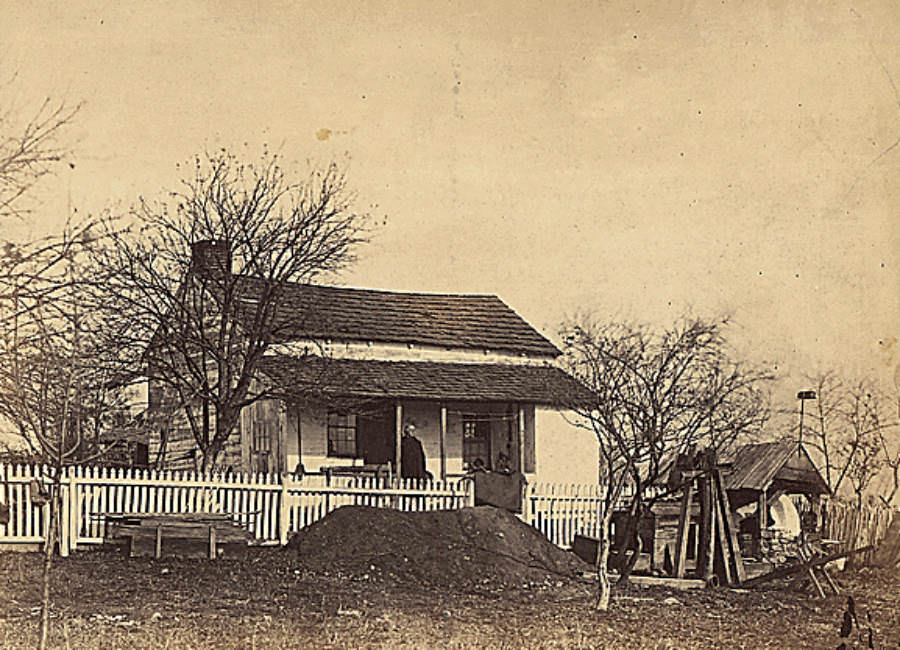
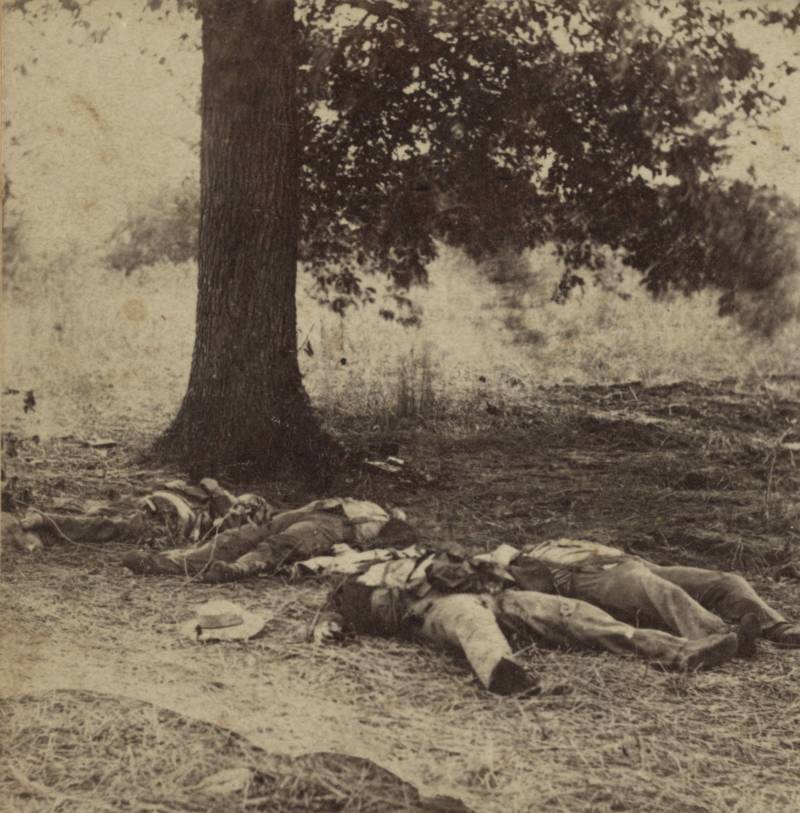
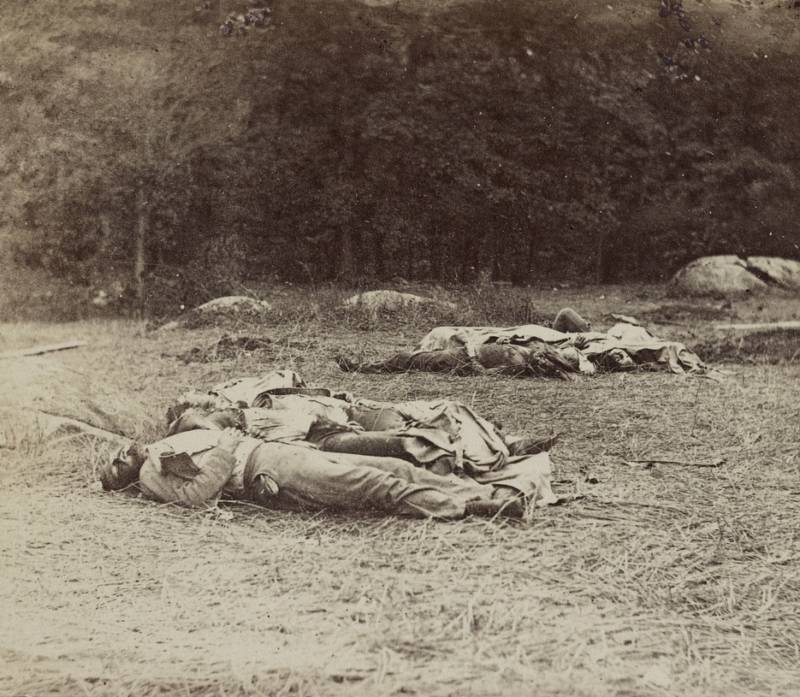
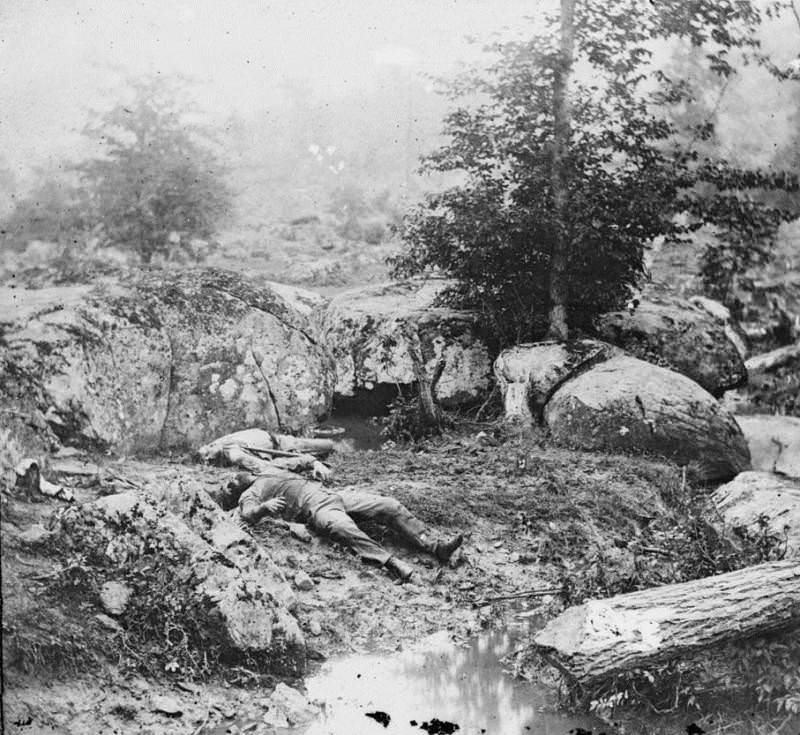
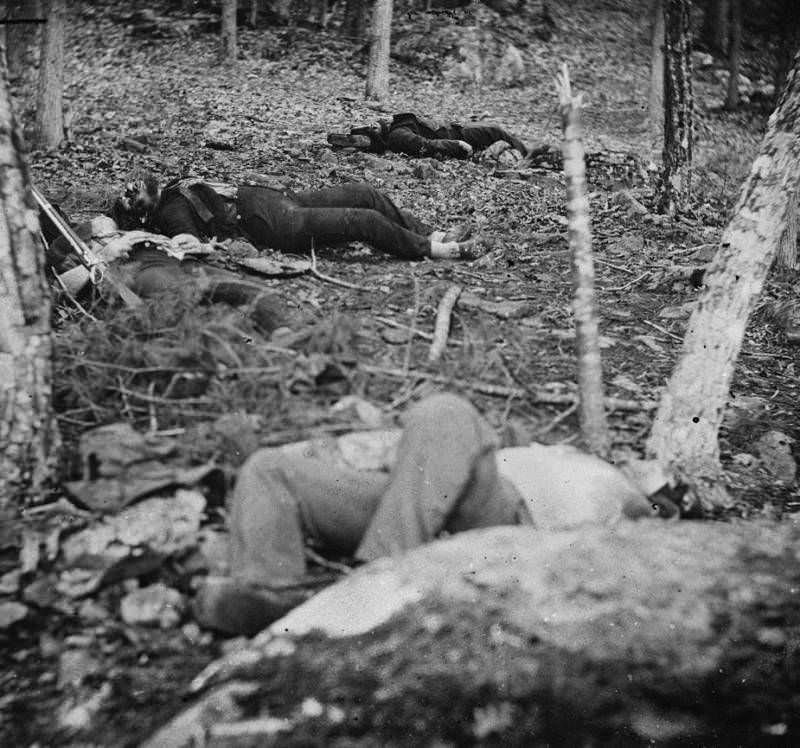
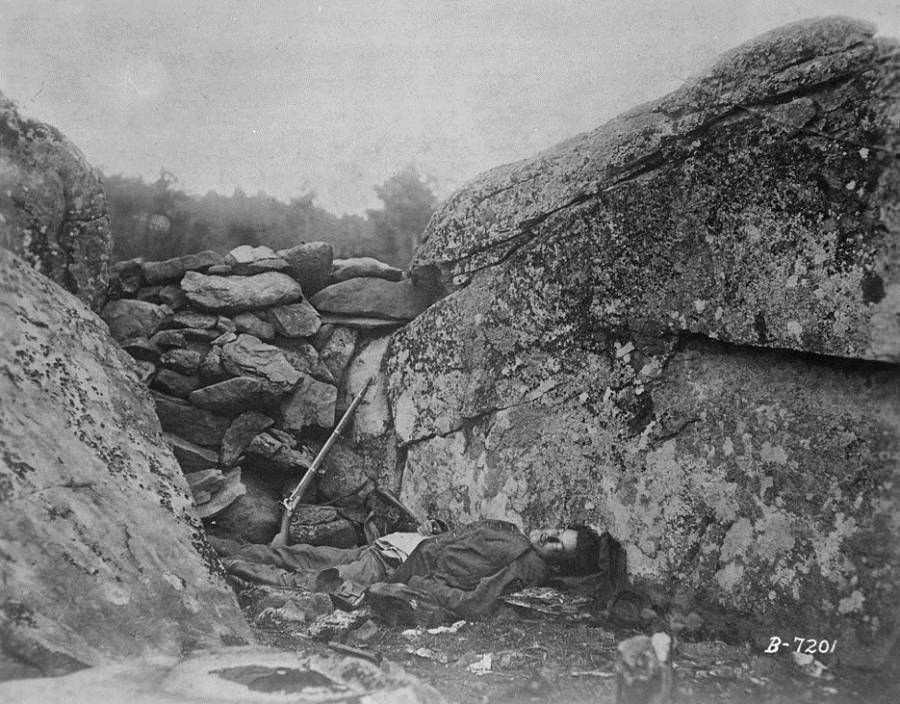
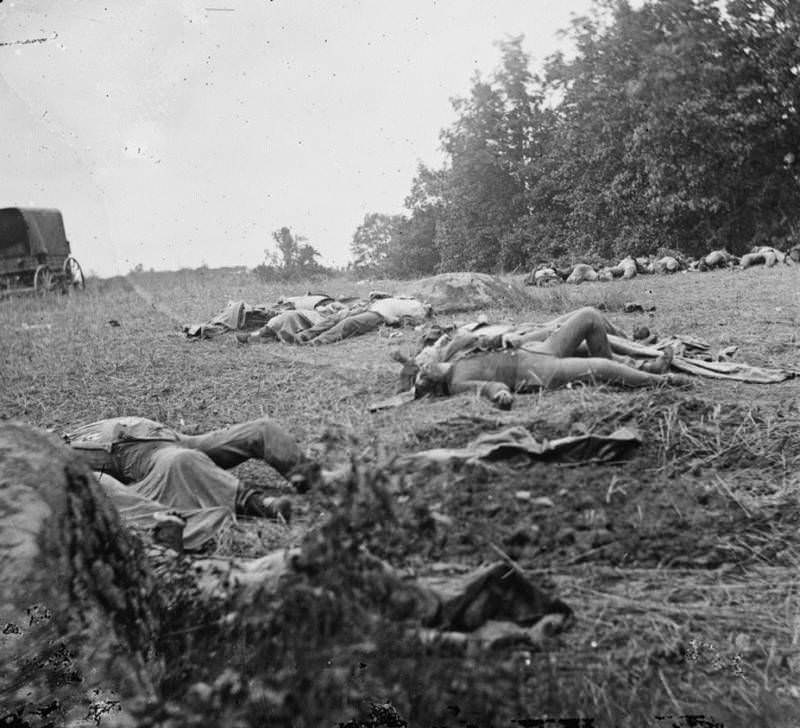
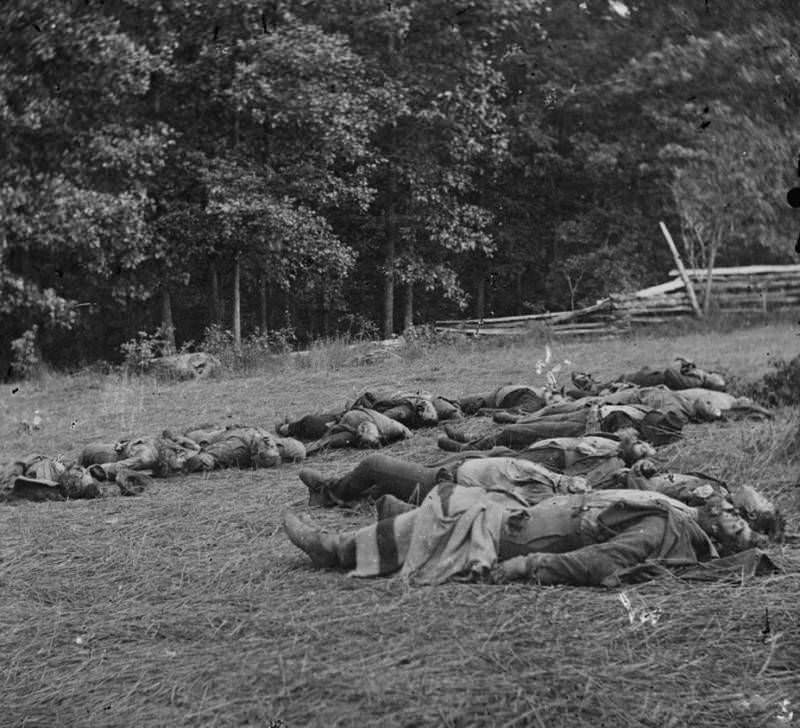
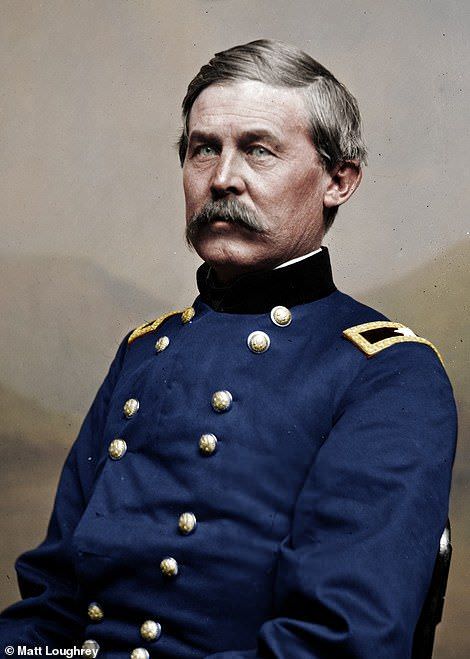
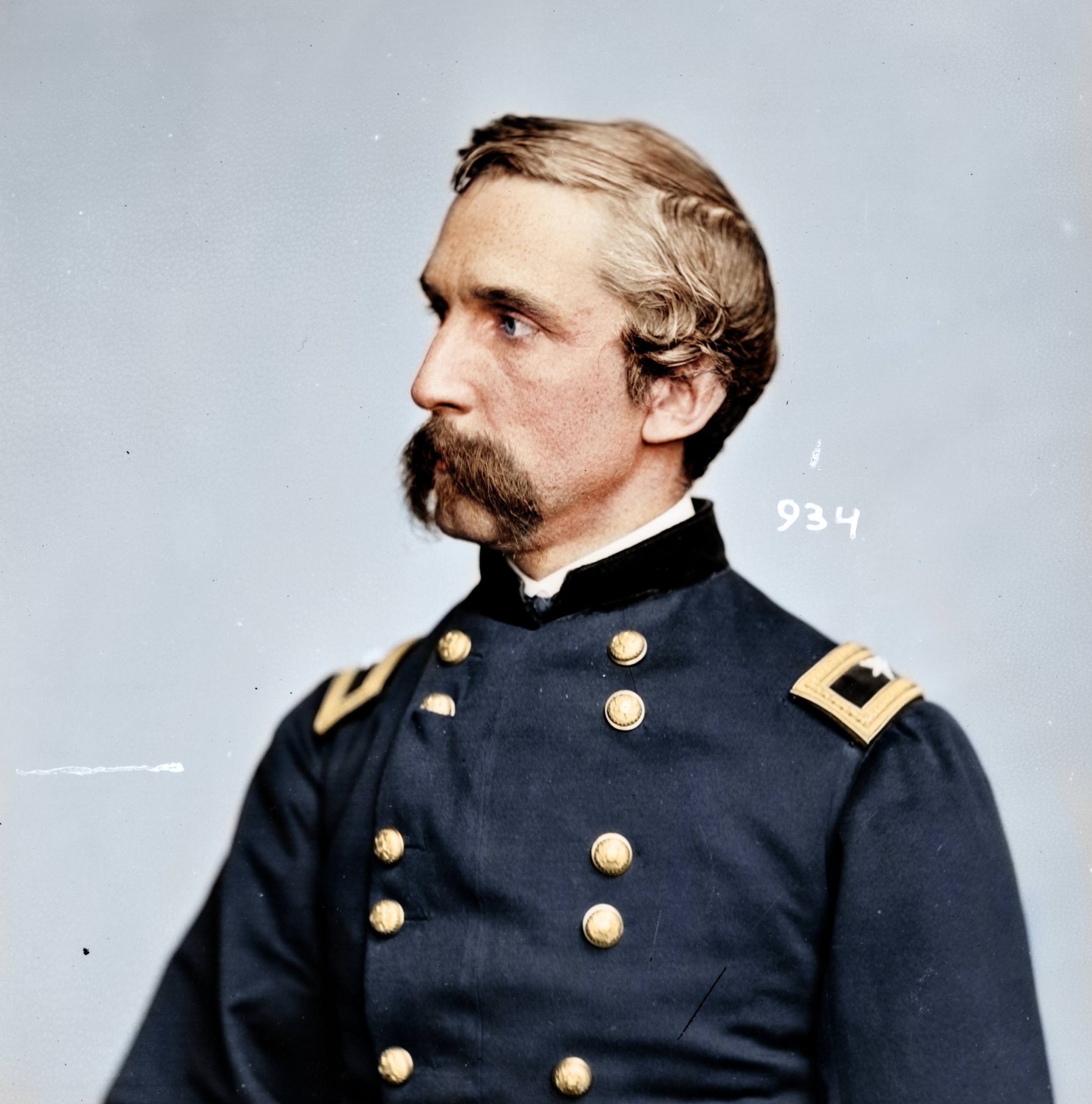
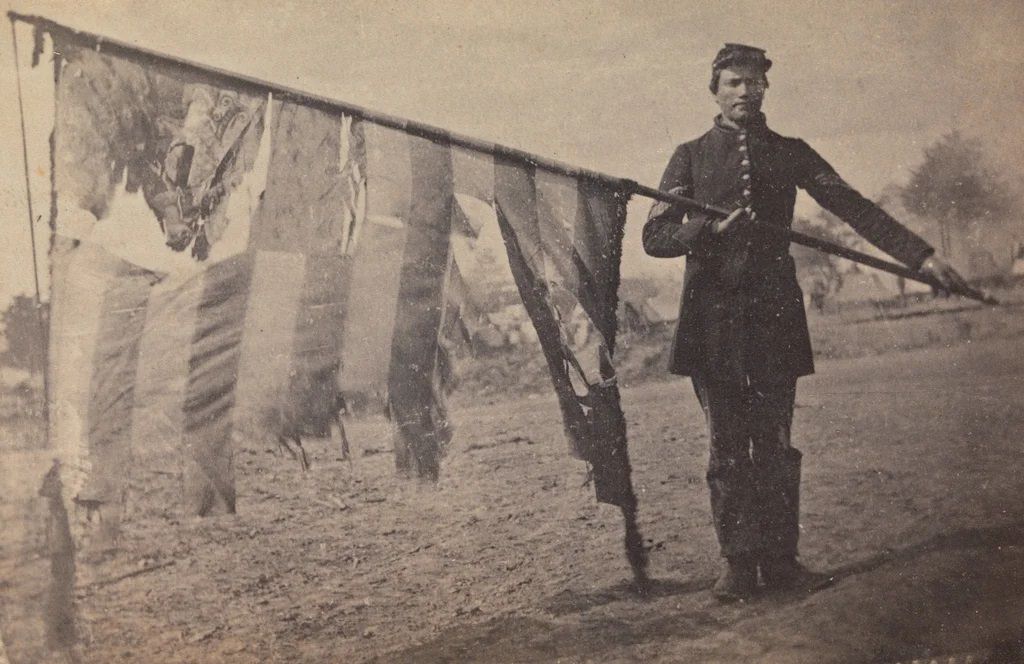
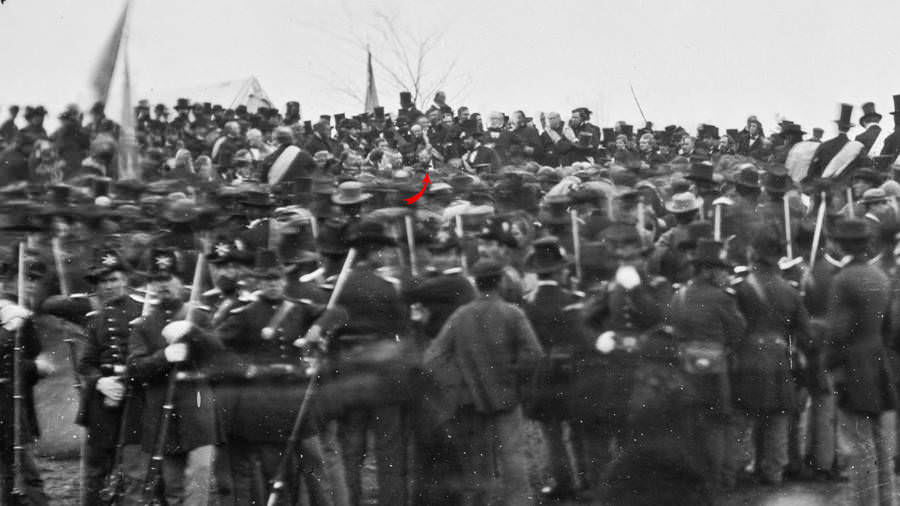
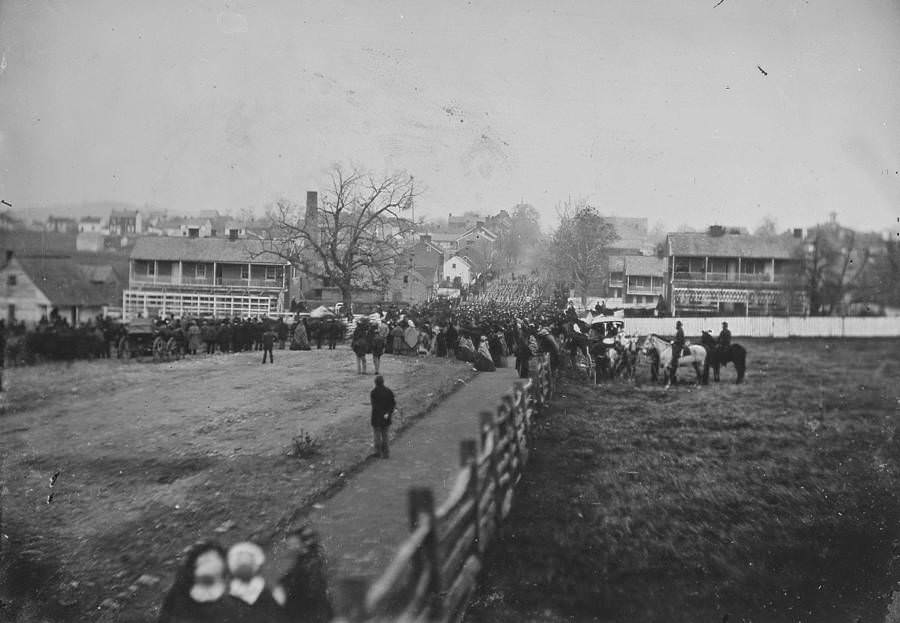
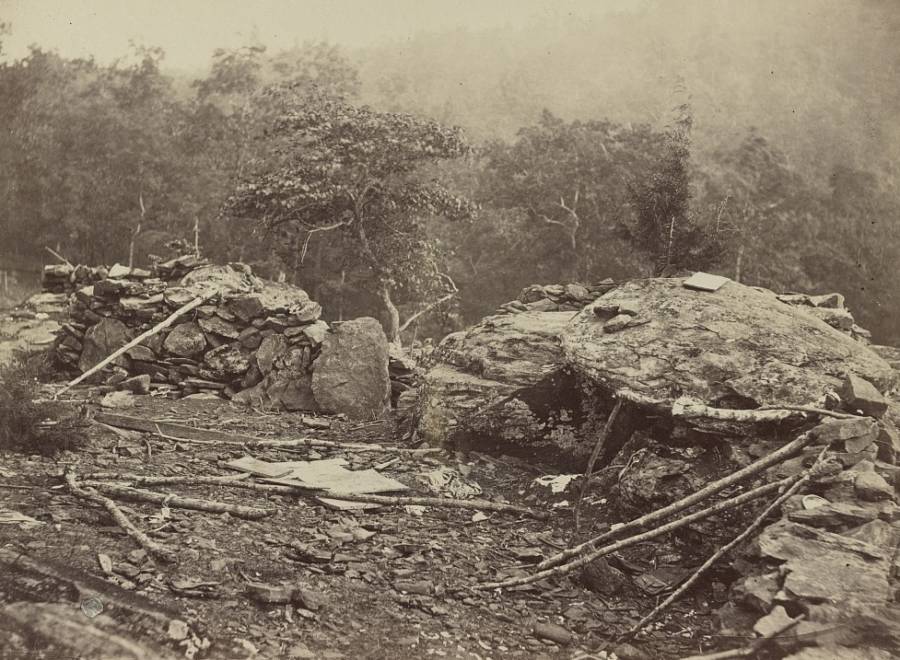
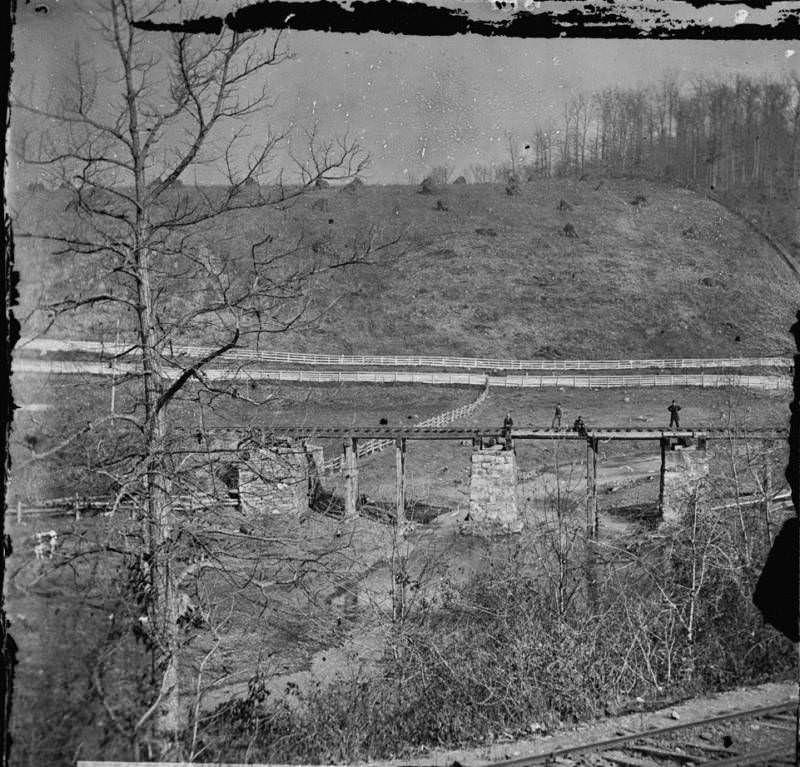
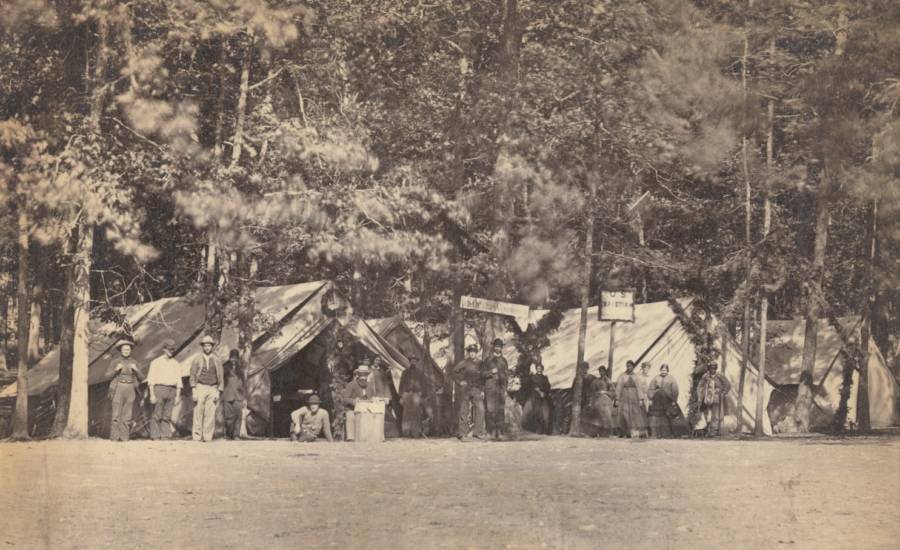
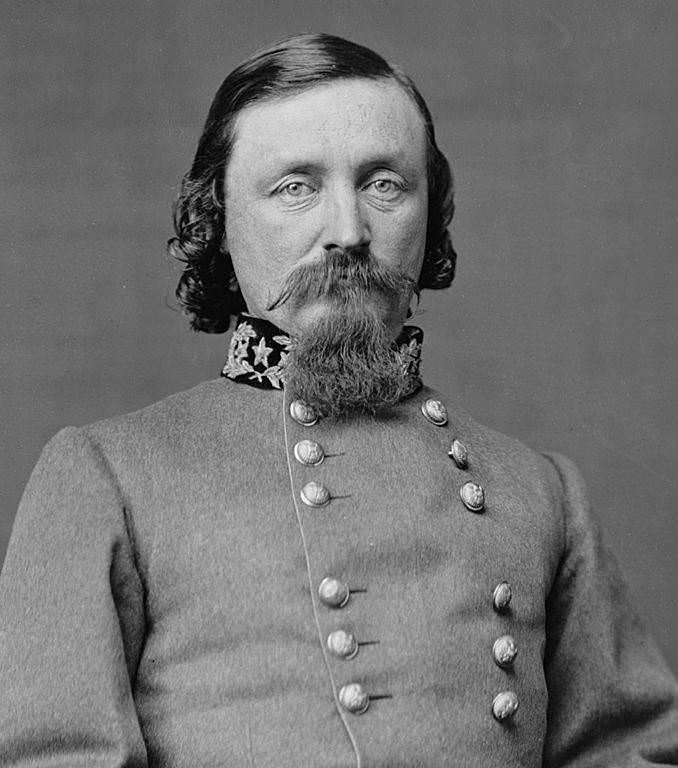
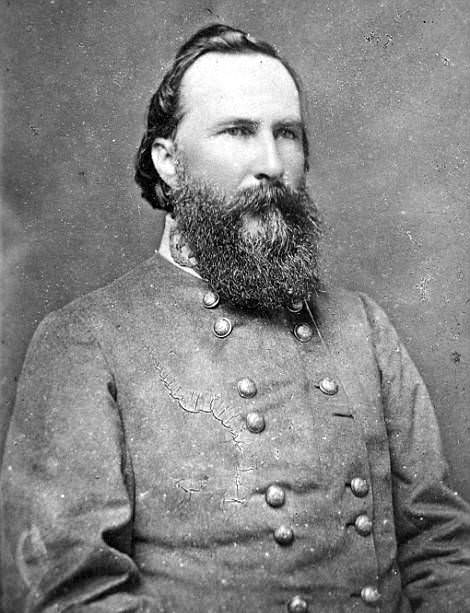
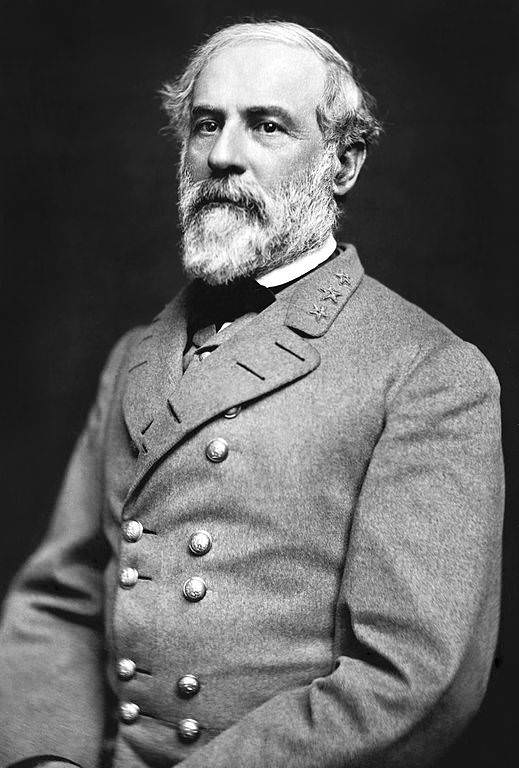
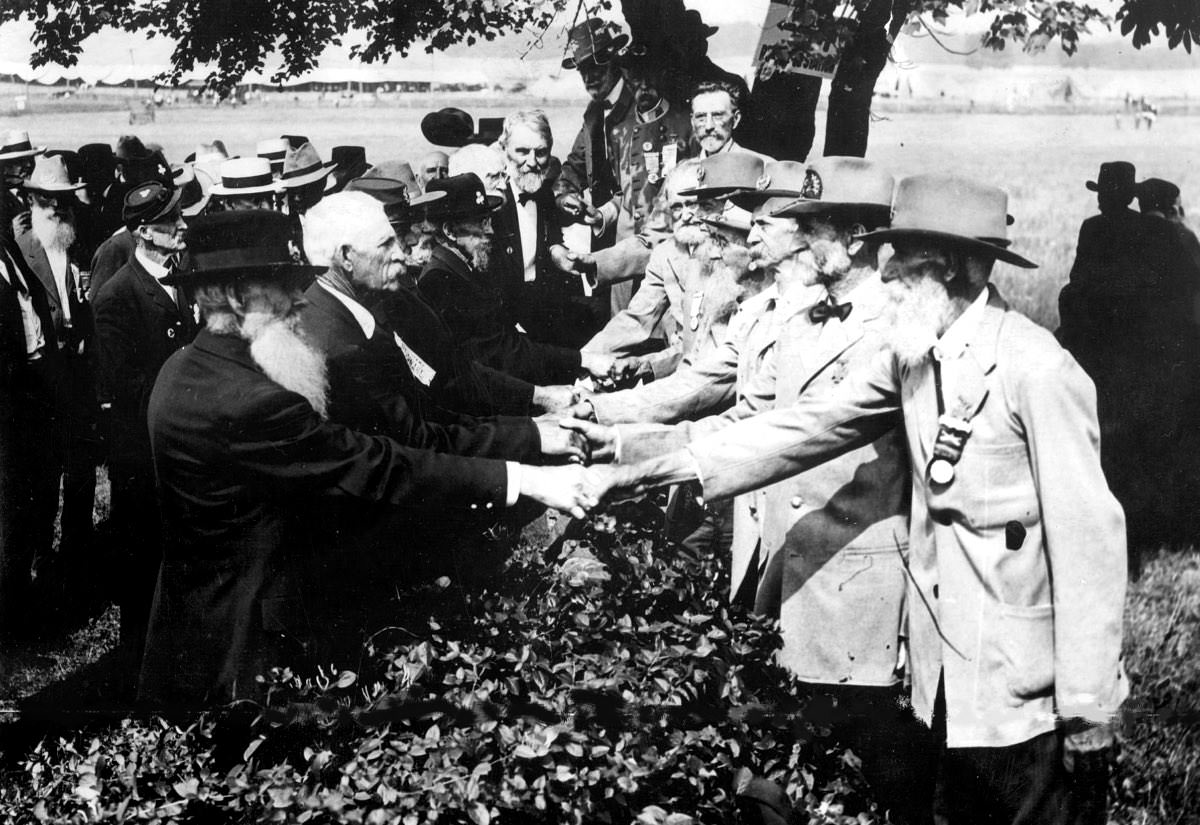

Did the Confederates carry more ammunition? The Union brigades in the Wheatfield were forced to withdraw within 20-30 minutes because they were out of ammunition. Typically, soldiers were sent out with 60 rounds, and a good soldier could fire three rounds in a minute. However, Anderson/Luffman and Kershaw’s brigades remained viable fighting units long after the 1st and 2nd union units that engaged them had vanished.
How did the Union win the battle of Gettysburg?
According to my understanding, they won the tactical battle through positioning and maneuvering. Does that sound right? During the tactical engagement, did the confederates fail or come close to victory at any point?
You should read “Killer Angels” by Micheal Shaara. By the time you’re done reading this book, you’ll know a lot about Gettysburg. Despite the fact that the Civil War continued for another two years, Gettysburg is generally considered the turning point in the war. For the Confederates, Pickett’s Charge was particularly devastating.
The sheer number of casualties is why we remember it so much, but I have never quite understood its significance. Could a Confederate victory have changed much in the grand scheme of things at Gettysburg? Why is Gettysburg so much more remembered than Shiloh and Antietam if there was nothing at stake?
In my opinion, Gettysburg is more important for what didn’t happen-a smashing Confederate victory on Northern soil-than for what did. Although Lee’s army was badly wounded at Gettysburg, it did not die; indeed, the campaign was a partial Confederate success. He pillaged the Cumberland Valley of Pennsylvania, cleared the Union forces from the Shenandoah, and inflicted such heavy casualties on the main Union army that he transferred two divisions and his best lieutenant to the West and won the Army of Tennessee’s only victory. A full ten months after the battle of Gettysburg, the U.S. did not launch an offensive in the East until Lee’s army had recovered well. As a result, the war did not progress much toward its conclusion. These are some of the reasons I think Gettysburg is remembered so fondly. Lee retreated from Gettysburg on July 4th, the same day Vicksburg surrendered, so the two titanic clashes magnified each other again, magnified again by the auspicious date. “God is on our side,” says Gary Gallagher, after hearing of two great victories on Independence Day. The Spring 61 and Spring 62 campaigns are behind Gettysburg, and the Spring 64 and Spring 65 campaigns are ahead. As the first year when the Union closed with a victory in the east, it appears as if the battle turned a trend around. The battle would not be called ‘the turning point of the Civil War’ if it were as important as people think; it would be the end of the war, as Ed Ayers points out. What didn’t happen was that the US Army of the Potomac was not destroyed in the field; it had already peaks at Gettysburg when losses undermined its performance. The Confederacy could not be defeated until Lee’s army was, and that would not be possible without the Army of the Potomac on the offensive. That year, Pennsylvania and Ohio, two of the most important Union states, voted for Republican governors. It could have strengthened the Democratic faction that considered the war a failure had Harrisburg fallen to the Confederates or the Union army been beaten in the field. Considering that state governors provided volunteers for the war, this could have undermined the U.S.’s ability to fight it. During the New York Draft Riots in 1863, two incendiary measures became law – the Emancipation Proclamation and the first U.S. conscription act; both of those issues came together to cause the New York Draft Riots; they began as an anti-conscription riot, but soon started lynching black people in large numbers in protest of a war to emancipate them, and troops from Gettysburg had to be brought in to pacify the city. During Lincoln’s Gettysburg address (which divided opinion at the time along party lines), he explains why the war is important for future generations. My professor once told me that the Gettysburg Address is often memorized, but rarely read. To understand what the speech is saying, you need the context. Even with all its faults, the United States was one of the world’s only functioning republics during the mid-19th century. A second Bonaparte took the throne after the second Republic collapsed. In 1848, liberal revolutions across Europe were crushed; democracy in Latin American republics was more noticeable. Half the country is trying to split away over an election they lost fair and square in the first modern democratic republic. This will prove to all the elites and autocrats that the masses cannot be trusted to govern themselves if the U.S. lets that happen. That’s what Lincoln means when he says, This nation, or any nation so conceived and dedicated, is now engaged in a great civil war that tests the endurance of that nation. Historically, Gettysburg has been seen as a trial by fire for the republic handed down by the Founding Fathers because of how the war unfolded after the battle.
Why did Gettysburg overshadow Vicksburg, which was fought almost simultaneously?
Both events turned the tide of the war in the Union’s favor in the Eastern and Western theaters. A three-day pitched battle at Gettysburg, however, ended with Lee’s frontal assault on the Union center (Pickett’s charge), which ended with the Union defeating the largest invasion of the North. Until he made the frontal assault, Lee could have won the battle, and if the Confederacy had won, the war would have been dramatically different. Because Vicksburg ended with a whimper instead of a bang, it was less emphasized. Vicksburg surrendered after its defenders literally starved to death and died from disease after the bisection of the Confederacy and control of the Mississipi river was a huge strategic victory. By that point, Grant had already been fighting in the area for months, so the news was not as dramatic, since Vicksburg had already fallen by then. From the North’s perspective, Vicksburg was far away, being deep in the South. Gettysburg, on the other hand, was in Pennsylvannia and much closer to the “home front” for the North. Additionally, Lee had never been decisively defeated in a major battle up until this point. Although he was turned back at Antietam last fall, the battle was considered indecisive or a draw. Union confidence was restored at Gettysburg, and the myth of Lee’s invincibility was shattered.
Aside from being the largest battle in terms of casualties, the Battle of Gettsyburg ended the Confederate invasion of Northern States. If there are any historians in this thread, did the popularity after the war of Abraham Lincoln’s Gettysburg Address affect the way we view the Battle of Gettysburg? Does that contribute in any significant way to our reverence for that battle?
Gettysburg was not only the most costly battle in American history, but also the most deadly.
Does it have to do with the fact that both sides are counted?
Okinawa and the Bulge suffered heavier casualties, and Normandy, depending on whether you count it as one battle or multiple battles, suffered more than double the casualties.
Lincoln and the Capitol had to be evacuated or surrendered if Lee managed to march on the Capitol, making Gettysburg a do-or-die battle. Especially if they are capitol cities, important cities are always a major strategic threat.
During the Civil War and after, the Army of Northern Virginia has dominated history, Confederate military policy, and popular memory when it comes to the Army of Northern Virginia. A particular criticism of Shelby Foote was his harsh comments about Lee (stating he was marching the wrong way in 1863) as well as the later historians who tended to focus too heavily on the eastern theater. With the exception of Shiloh, western battles are often largely forgotten. My argument is that Vicksburg played a far greater role in ending the war than Gettysburg. Lee was soundly defeated at Gettysburg, but the overall strategic situation didn’t change much. Meade failed to collapse on Lee following the battle, and Lee’s fall was largely the result of maneuvers between the two generals. The opening of the Mississippi as a federal highway and the splitting of the Confederacy were the direct results of Vicksburg, which witnessed far more Confederate casualties. I believe the western theater doesn’t fit into the mythos of the lost cause or the notion that the CSA wasn’t won until mid-1863. Popular memory and history have traditionally favored Confederate history, especially in the early to mid-20th century, and the western theater was at odds with it.
Those who take a harsh view of Grant definitely seem to focus too narrowly on his Virginia campaigns, his most brilliant victories were almost certainly in the west, although with the exception of Albert Sidney Johnson, against weaker commanders than in the Virginia theater.
Vicksburg was a big deal because the Union gained control of the Mississippi, but New Orleans had already been captured, so Vicksburg wasn’t as significant as it could have been. Lee’s offensive into the North ended at Gettysburg. As most of the war was fought in the South, the Union was less affected on the homefront, keeping the war popular enough for Lincoln to win reelection. After Gettysburg, the South could have moved on to the major cities of the northeast and caused some serious problems for the Union.